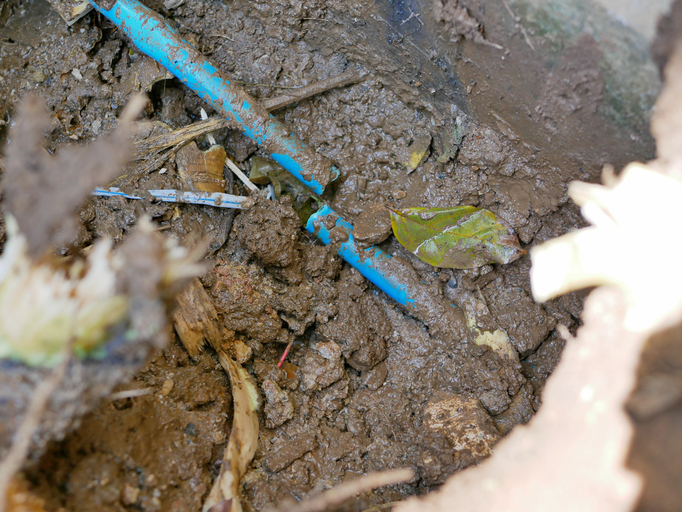You come home from work one day to find a large pool of water saturating your basement floor. You panic as you immediately start mentally adding up how much money this basement flood is going to cost you. How could this happen? The likely culprit: tree roots.
Tree roots love sewage pipes because of the moisture and nutrients found inside. They creep towards any minuscule crack or gap in the pipeline and start to grow. Unfortunately, tree roots can considerably damage your pipes by blocking wastewater from flowing freely into the sewage system. The pipe can actually burst from a buildup of pressure, leading to expensive repairs and major disruptions to your home life.
Luckily, there are several ways you can prevent disaster from occurring.
1. Inspect Your Pipes For Tree Roots
Before a problem occurs, it is wise to actually check out what, if anything, is growing within your pipes so you can take care of the issue while it’s not causing any (or much) harm. A professional is usually the best person to call for this job, as he can snake a video line into your pipes so you can see exactly what the inside of your pipes looks like.
2. Cut Away Invasive Roots
If you notice any roots growing in your sewer system, you’ll want to get rid of them. A professional can cut them using a mechanical auger, or you can try cutting them yourself. Cutting the roots is not the most effective procedure, however, as the roots will quickly grow back.
3. Poison The Roots
Another way to get rid of roots is to poison them. The most effective method is a copper sulfate septic treatment, which poisons the soil around the pipe so the roots won’t grow back. The good news is this treatment won’t actually harm the tree, just the roots around the pipe. The treatment does require regular maintenance, and too much copper can be harmful, so if you choose this as your method of choice, you need to be careful how much copper you use. It might make sense to hire a professional.
4. Place Physical Barriers Between Pipes And Tree Roots
You can actually bury wooden or metal barriers alongside your pipes to prevent tree roots from penetrating. The barriers must be placed at least six inches lower in the ground than the roots in order to be effective.
5. Line Your Pipe
If your pipe has several cracks and fissures, it can be difficult to effectively keep roots away. In that case, you might want to line your pipe. A professional can install durable plastic lining within your pipe that physically blocks roots from breaking through.
If you are proactive about the health of your sewer system, you can save yourself the stress, time, and money that comes with a pipe emergency. The professionals at A&L Cesspool can help you deal with your unique sewer pipe situation so your home stays dry and flood-free!









